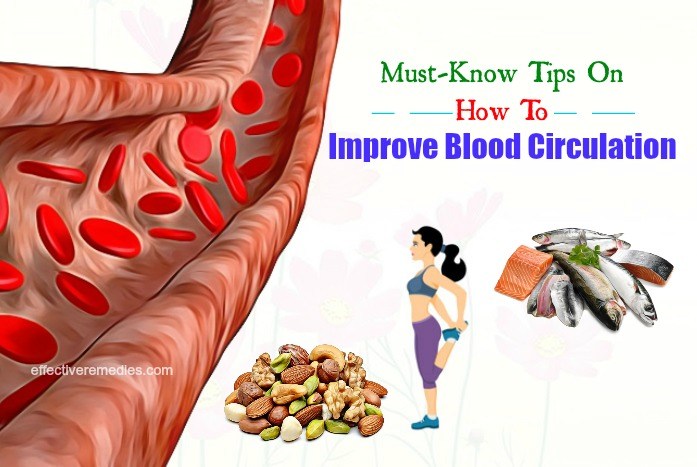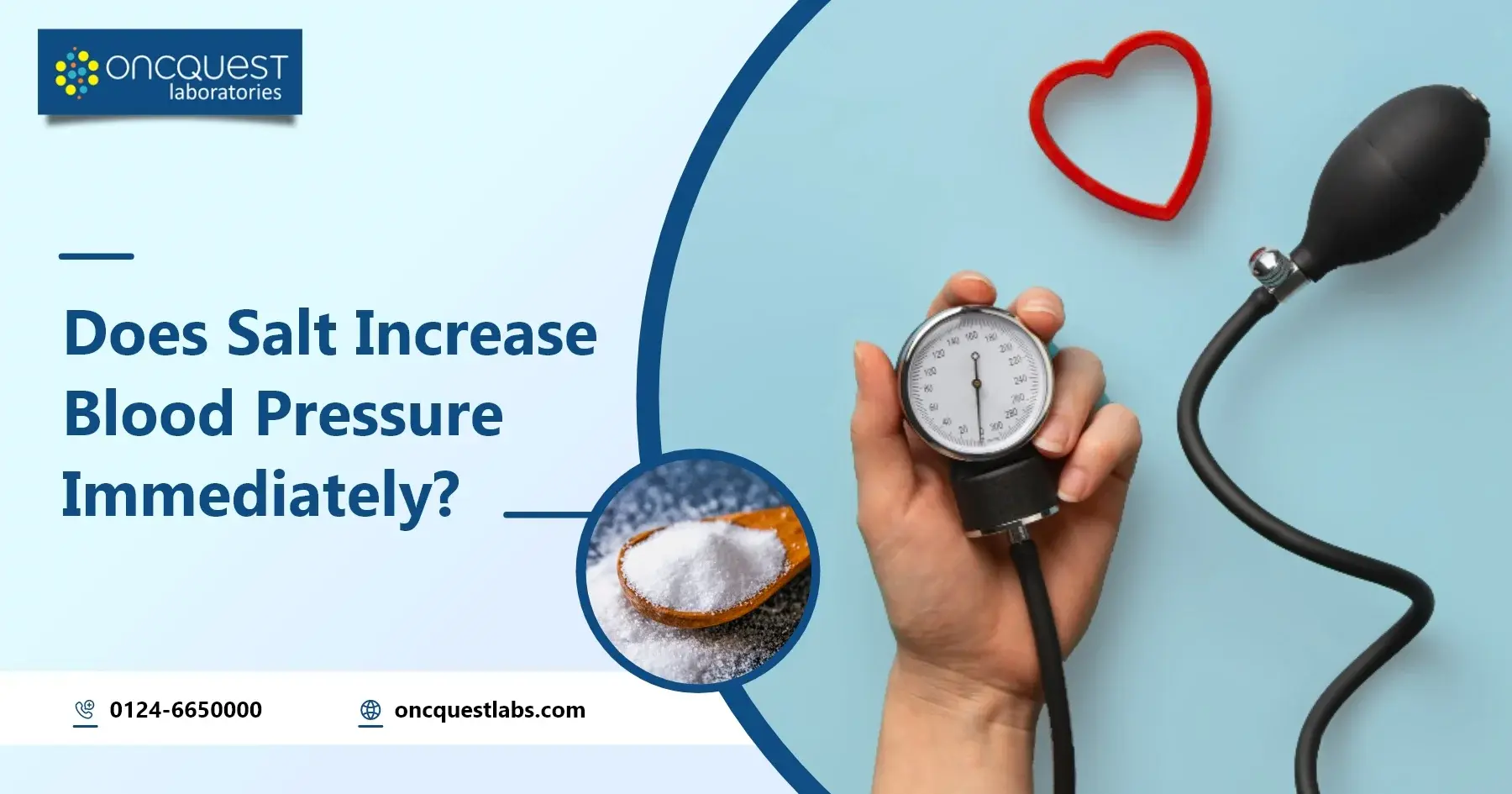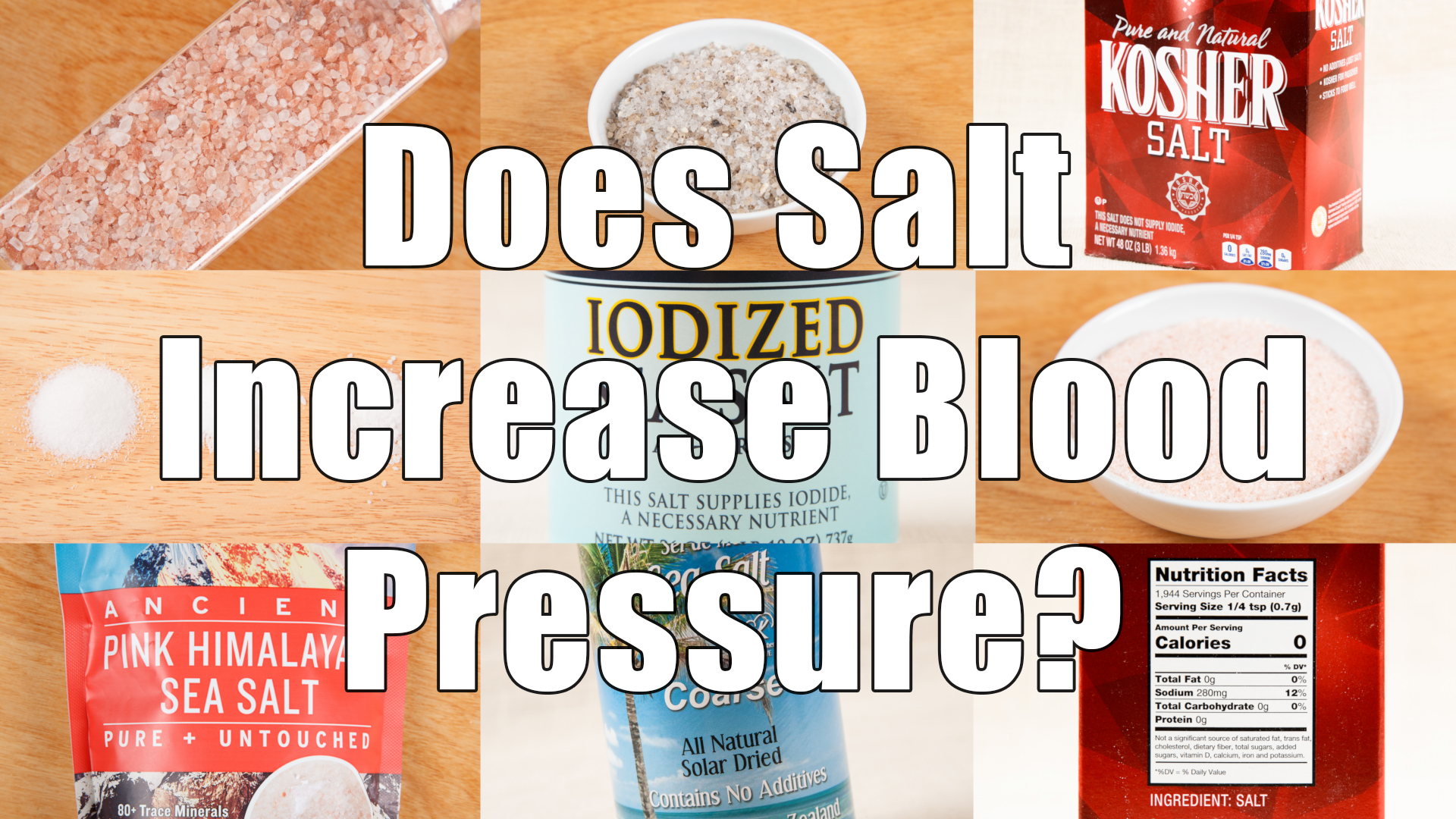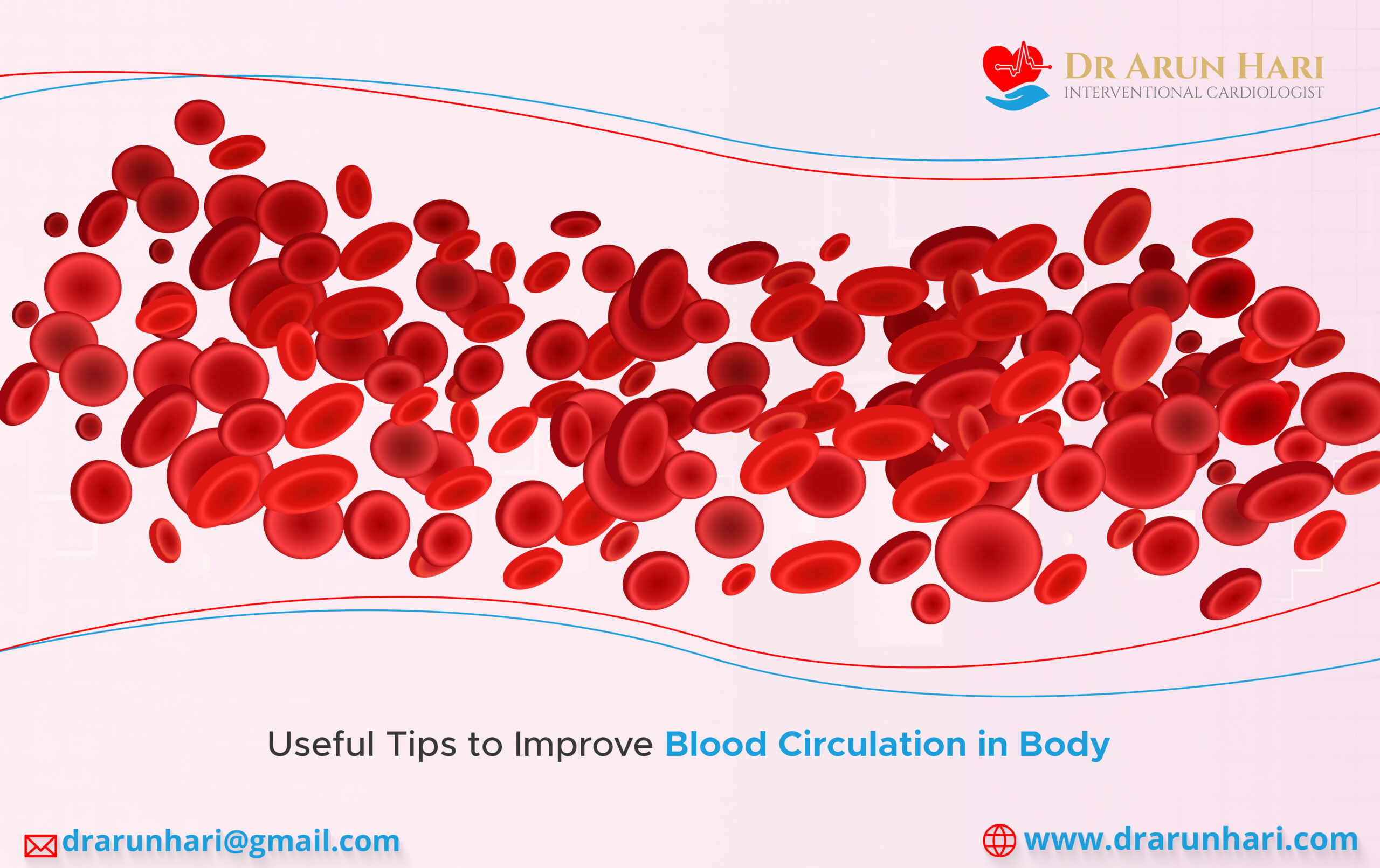What Is The Salt Trick To Increase Blood Flow

A new trend circulating online suggests a simple salt trick can significantly boost blood flow, sparking interest and debate among health enthusiasts. But is there any scientific backing to these claims?
This article cuts through the noise, delivering a concise breakdown of the alleged benefits, potential risks, and what the experts are saying about this trending phenomenon.
The "Salt Trick": What's the Buzz?
The so-called "salt trick" typically involves consuming a small amount of salt, often Himalayan pink salt, followed by a specific action, like drinking water or performing a light exercise.
Proponents claim this combination enhances circulation, reduces inflammation, and boosts energy levels.
The underlying theory is that sodium, a key component of salt, plays a vital role in fluid balance and electrolyte regulation, which are essential for healthy blood flow.
Unpacking the Science: Does It Hold Water?
While sodium is essential for bodily functions, the idea that a single "salt trick" can drastically improve blood flow is an oversimplification of complex physiological processes.
Dr. Anya Sharma, a leading cardiologist, explains that blood flow is influenced by numerous factors including hydration, heart health, physical activity, and overall diet.
"There is no scientific evidence to support the claim that a small amount of salt, followed by a specific action, can significantly and consistently improve blood flow in healthy individuals," Dr. Sharma clarifies.
A study published in the Journal of the American Heart Association, focusing on sodium intake and cardiovascular health, highlights the importance of maintaining a balanced sodium intake rather than relying on sporadic "tricks."
The study emphasizes that excessive sodium consumption can lead to hypertension and other cardiovascular problems.
Who Might Benefit (And Who Should Be Cautious)?
Athletes, particularly those engaging in endurance activities, might experience some benefit from electrolyte replacement through sodium intake, but this is specifically tied to replacing losses through sweat.
"It's about replacing what's lost, not creating a surplus," says Dr. Mark Jenkins, a sports medicine physician.
However, individuals with pre-existing conditions such as hypertension, kidney disease, or heart failure should exercise extreme caution with any increased sodium intake.
These individuals should consult with their healthcare provider before attempting any salt-related "remedies."
Potential Risks and Side Effects
Excessive sodium intake, regardless of the delivery method, can lead to increased blood pressure, fluid retention, and strain on the kidneys.
Symptoms of sodium overload can include swelling, bloating, and headaches.
Long-term, high sodium consumption significantly elevates the risk of cardiovascular diseases.
Himalayan Pink Salt: Is it Different?
Himalayan pink salt is often touted as being healthier than table salt due to its trace mineral content.
While it does contain minerals like potassium, magnesium, and calcium, the amounts are often negligible and unlikely to provide significant health benefits.
Essentially, it's still primarily sodium chloride, and the potential risks associated with excessive sodium intake remain the same.
Expert Opinions and Recommendations
The consensus among healthcare professionals is that a balanced diet, adequate hydration, and regular exercise are far more effective and sustainable ways to promote healthy blood flow than any isolated "salt trick."
Focusing on a diet rich in fruits, vegetables, and whole grains, along with consistent physical activity, provides a holistic approach to cardiovascular health.
Dr. Eleanor Vance, a registered dietitian, emphasizes the importance of reading food labels and being mindful of sodium content in processed foods.
"Most people consume far more sodium than they realize through processed foods and restaurant meals. Reducing overall sodium intake is often a more beneficial strategy than adding more," Dr. Vance states.
Conclusion: Proceed with Caution
The "salt trick" for increasing blood flow lacks substantial scientific support and may pose risks, especially for individuals with pre-existing health conditions.
Prioritizing a balanced lifestyle with a healthy diet and regular exercise remains the most reliable approach to promoting cardiovascular well-being.
If you're concerned about your blood flow, consult with your healthcare provider to discuss personalized strategies tailored to your specific needs and medical history.


















